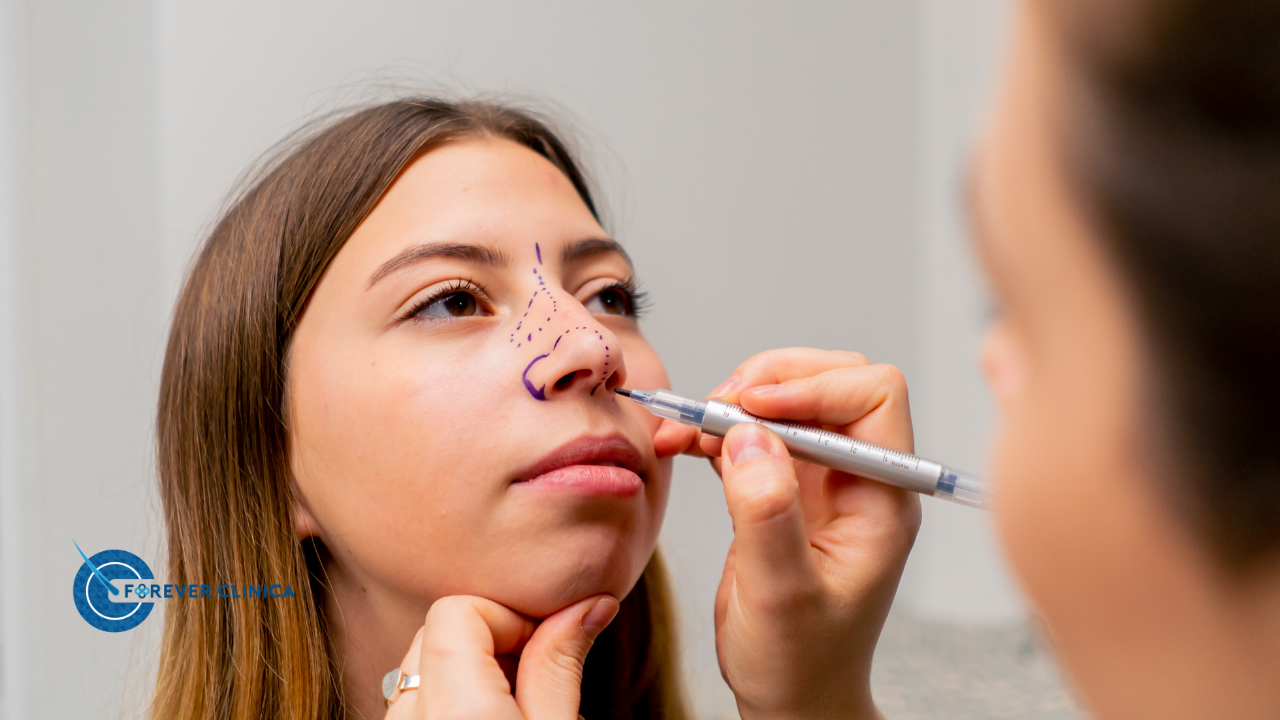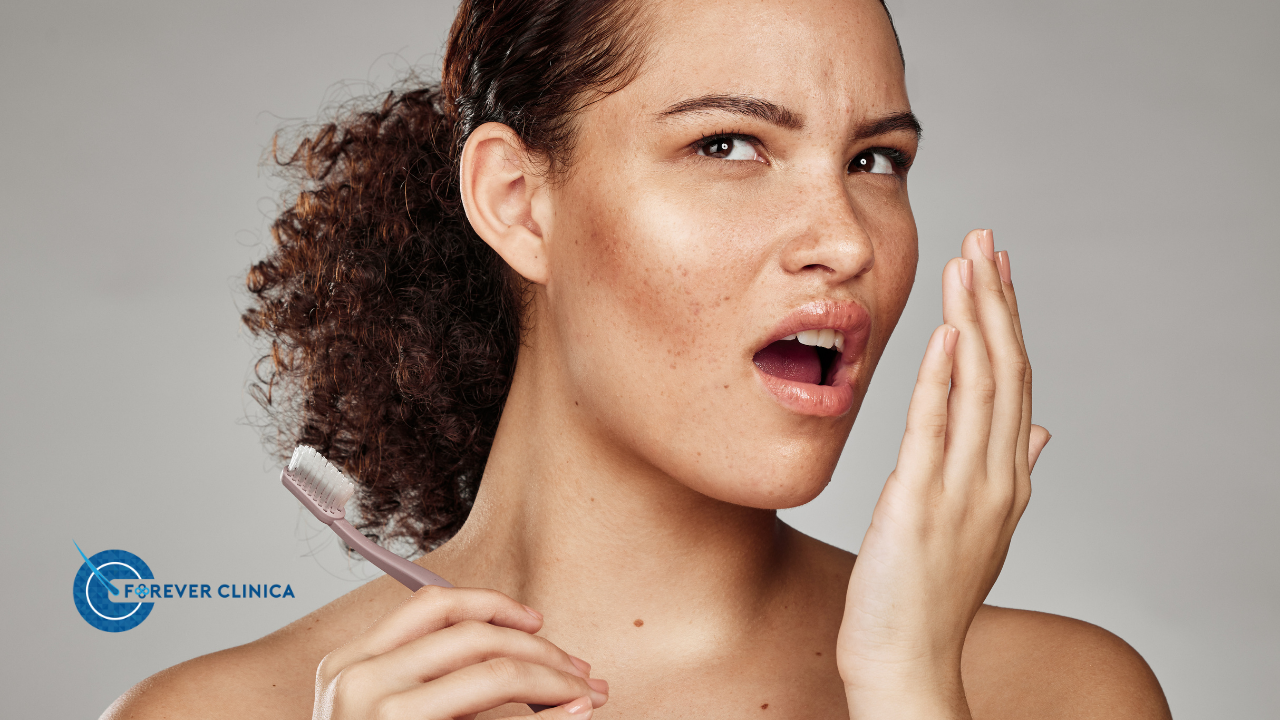Rhinoplasty, often referred to as a “nose job,” is one of the most popular cosmetic procedures performed today. Whether driven by aesthetic desires or functional needs, this procedure has transformed countless lives by enhancing the appearance and functionality of the nose. In this comprehensive guide, we’ll explore the intricacies of rhinoplasty, including the procedure itself, recovery, potential side effects, and the dramatic before-and-after transformations.
What is Rhinoplasty?
Rhinoplasty, or nose surgery, is a cosmetic procedure designed to alter the shape and appearance of the nose. It can address both aesthetic concerns, such as size or shape, and functional issues, such as breathing difficulties.
Rhinoplasty Procedure
The procedure involves several key steps. First, the patient is administered anesthesia, which may be general or local, depending on the complexity of the surgery and patient preference. The surgeon then makes incisions inside the nose or across the base of the nose, allowing them to access the underlying cartilage and bone. By reshaping these structures, the surgeon can achieve the desired aesthetic or functional outcome.
Rhinoplasty can be categorized into two main types:
- Open Rhinoplasty: In this technique, an incision is made across the columella (the strip of tissue between the nostrils) in addition to internal incisions. This approach provides the surgeon with a better view and access to the nasal structures.
- Closed Rhinoplasty: This technique involves only internal incisions, leaving no visible scars. It is often preferred for less complex procedures.
What’s the Difference Between a Nose Job and a Rhinoplasty?
The terms “nose job” and “rhinoplasty” are often used interchangeably, but they can have different connotations. “Nose job” is a colloquial term that refers to any surgical procedure performed on the nose to improve its appearance or function. On the other hand, “rhinoplasty” is the medical term for the surgical procedure designed to reshape the nose.
While a nose job can include various types of nasal surgeries, rhinoplasty specifically focuses on altering the nasal structure to achieve the desired aesthetic or functional improvements. Rhinoplasty is a precise and well-defined procedure, while “nose job” can be a broader term encompassing different types of nasal surgeries.
Rhinoplasty Recovery: What to Expect
The recovery process following a rhinoplasty procedure is crucial for achieving the best possible results. Understanding what to expect during recovery can help you prepare for the post-operative period and ensure a smoother healing process.
Initial Recovery
In the first few days after surgery, patients typically experience swelling, bruising, and discomfort. Pain is generally manageable with prescribed medication. The surgeon will place a splint on the nose to support its new shape and protect it during the initial healing phase.
Long-Term Recovery
- Swelling and Bruising: Swelling and bruising will gradually subside over the weeks following the surgery. Most patients can return to work within one to two weeks, depending on the nature of their job and overall health. Physical activities should be avoided for several weeks to ensure proper healing and to prevent any disruptions to the surgical results.
- Final Results: It can take up to a year for the final results of rhinoplasty to become fully visible. The nose will continue to refine and settle into its new shape over time. Patience is key during this period, as the final aesthetic improvements will emerge gradually.
Rhinoplasty Side Effects: What You Need to Know
Like any surgical procedure, rhinoplasty carries potential side effects and risks. Being informed about these potential issues can help you make an educated decision and prepare for any possible complications.
Common Side Effects
- Swelling and Bruising: These are normal side effects and usually resolve within a few weeks. Ice packs and medications can help manage these symptoms.
- Nasal Congestion: Some patients may experience temporary nasal congestion due to swelling and the presence of a nasal splint. This typically improves as healing progresses.
- Scarring: While most incisions are made inside the nose or across inconspicuous areas, there may be minimal scarring. Open rhinoplasty may result in small scars across the columella, which usually fade over time.
Potential Risks
- Infection: There is a risk of infection with any surgical procedure. Following post-operative care instructions and taking prescribed antibiotics can help minimize this risk.
- Nasal Deformity: In rare cases, the final shape of the nose may not meet the patient’s expectations, requiring revision surgery to achieve the desired outcome.
- Breathing Issues: Some patients may experience changes in nasal airflow or difficulty breathing after surgery. This can often be addressed with follow-up care or additional procedures if necessary.
Rhinoplasty Before and After: Transformations and Results
One of the most exciting aspects of rhinoplasty is witnessing the dramatic transformations it can achieve. Comparing rhinoplasty before and after images can provide valuable insight into the potential results of the procedure.
Before and After Results
Before the procedure, patients may have concerns about the appearance or functionality of their nose. Rhinoplasty can address these issues by reshaping the nose to achieve a more balanced and harmonious appearance.
- Initial Results: The immediate post-operative results will be influenced by swelling and bruising, and it may take several months to see the final outcome.
- Long-Term Results: Once the swelling has subsided and the nose has settled into its new shape, patients can enjoy a more refined and aesthetically pleasing appearance. Many patients report a significant boost in self-confidence and satisfaction with their new look.
How Much is a Rhinoplasty in Turkey?
Turkey has become a popular destination for cosmetic surgery due to its advanced medical facilities and competitive pricing. The cost of rhinoplasty in Turkey is often significantly lower than in many Western countries.
Average Cost
The average cost of rhinoplasty in Turkey ranges from $2,500 to $5,000. This price typically includes various components such as the surgeon’s fee, anesthesia, hospital stay, and post-operative care.
Factors Affecting Cost
Several factors can influence the cost of rhinoplasty, including the surgeon’s expertise, the complexity of the procedure, and the location of the clinic. It’s essential to choose a reputable clinic and ensure that the cost reflects the quality of care provided.
How Long Does a Nose Rhinoplasty Last?
The longevity of rhinoplasty results depends on several factors, including the patient’s age, skin type, and overall health. It is designed to provide long-lasting improvements to the appearance and function of the nose.
Longevity of Results
Once the healing process is complete, the results of rhinoplasty are generally long-lasting. Many patients enjoy their enhanced appearance for years, with the nose maintaining its new shape and function. Maintaining a healthy lifestyle and following post-operative care instructions will help ensure the durability of the results.
Is Rhinoplasty Haram in Islam?
The question of whether is considered haram (forbidden) in Islam is one that many prospective patients may have. In general, the permissibility of cosmetic surgery in Islam depends on various factors, including the intent behind the procedure.
Islamic Perspective
Islamic scholars have varying opinions on cosmetic surgery. Some scholars argue that cosmetic procedures are permissible if they are done for valid reasons, such as correcting a deformity or improving functionality. However, surgeries performed solely for enhancing beauty may be viewed differently.
It is advisable for individuals considering rhinoplasty or any cosmetic procedure to consult with knowledgeable religious authorities and seek guidance based on their specific circumstances and intentions.
Making an Informed Decision
Rhinoplasty is a transformative procedure that can enhance both the appearance and functionality of the nose. By understanding the procedure, recovery, potential side effects, and expected results, you can make an informed decision that aligns with your goals and expectations.
Whether you’re considering rhinoplasty to improve your nasal aesthetics or address functional issues, it’s crucial to research thoroughly, choose a qualified surgeon, and follow post-operative care instructions diligently.
At Forever Clinica, we are committed to providing exceptional care and helping you achieve your aesthetic goals. If you have any questions about rhinoplasty or would like to schedule a consultation, please contact us. Our team of experienced professionals is here to guide you through every step of the journey, ensuring a successful and satisfying outcome.




